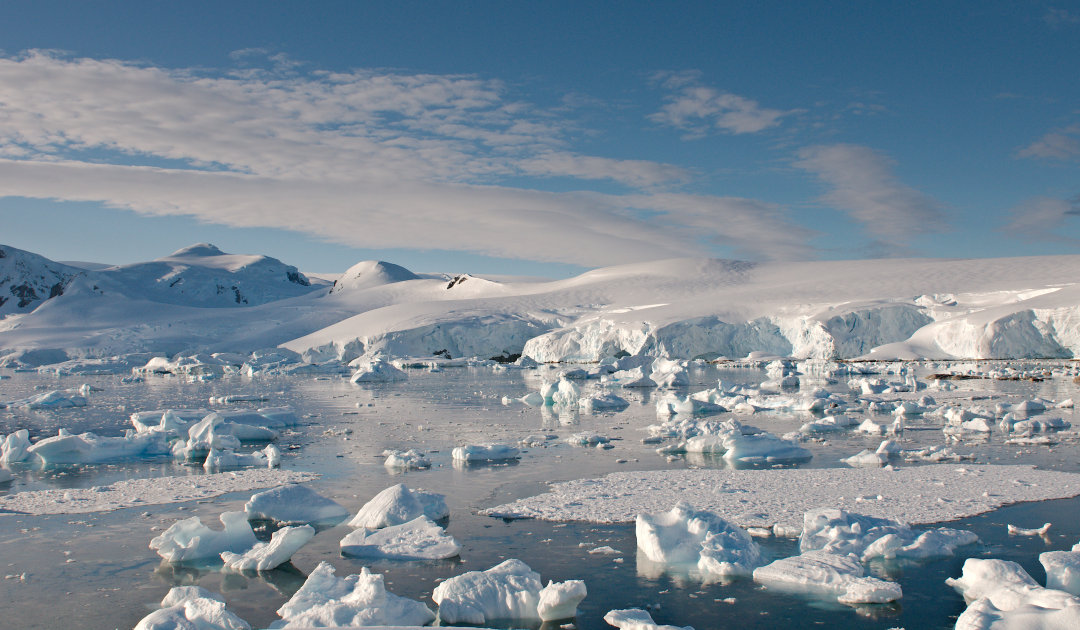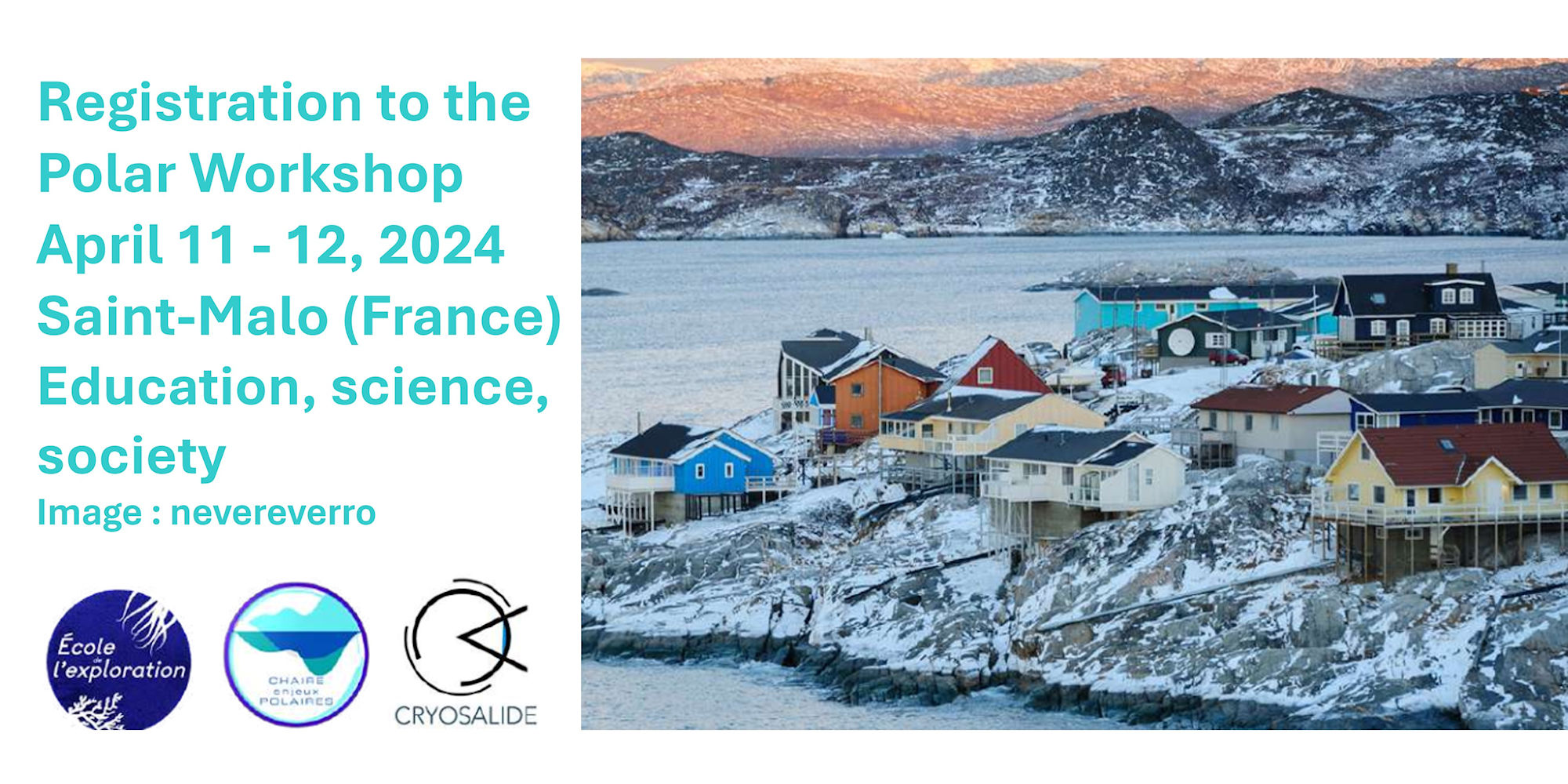
Scientists have been warning for decades that global warming will cause sea levels to rise massively. Numerous studies have looked into the subject and made forecasts as to how large the contribution of the various factors will be, including the ice masses lying on land. A new and very comprehensive study has now for the first time summarised the proportions of glaciers and ice sheets and made statements about how sea level rise could develop under different scenarios.
An international community of researchers have joined forces in the study, combining their computer and statistical models on global glaciers and ice sheets. The research groups also included Professors Matthias Huss and Harry Zekollari from ETH Zurich. Their contribution dealt with global glaciers and the modelling of their behaviour. “This study used a holistic approach for the first time. This means that data from the more than 200,000 glaciers in the world that are not part of the ice sheets were combined with data from the global ice sheets to calculate the contribution of the ice masses to sea level rise,” Matthias Huss tells PolarJournal. “This has allowed us to show that if the Paris climate agreement with more ambitious pledges from nations is implemented immediately, it could reduce the rate in sea level rise from 25 to 13 centimetres by 2100.” The results of the study were published in the latest issue of the journal Nature with Dr Tamsin Edwards from King’s College as lead author.

The study is one of two papers published in Nature in which ETH Professor Matthias Huss was involved. The other paper looked at the melting of glaciers that are not part of the large ice sheets in detail and on a global scale. “Within one study we looked at the present and with the new one we looked at the future,” says Matthias Huss. However, this also revealed something surprising: The share of these more than 200,000 glaciers in the rise in sea levels remains the same, regardless of which scenario is considered. “Around half of the increase caused by the melting of the ice masses on land is caused by the glaciers,” explains Professor Huss. “This shows that glaciers are more sensitive to climate change than ice sheets and that they have a short response time.”

The ice sheets behave quite differently, according to the study. On the one hand, Greenland is projected to reduce its loss by up to 70% if we were to meet the Paris Climate Agreement target. But Antarctica and its ice sheets is the big unknown in all the predictions. “While we have relatively accurate data for glaciers and can thus predict how sensitive they are to climate warming, it’s a different story for Antarctica,” says Matthias Huss. A team from the Alfred Wegener Institute, which was involved in the study and contributed simulations from Antarctica, also explains that it is difficult to predict how Antarctica will behave. Because it reacts more slowly than the glaciers. “The whole system in Antarctica is very complex and we keep discovering new factors that play into it,” says Matthias Huss.

The statements about the behaviour of Antarctica have a significant role, especially at the upper end of the forecasts. According to Dr. Tamin Edwards, “With a 95% chance of being less than 28 cm rather than the current upper end of 40 cm. This would mean a less severe increase in coastal flooding.” But a “worst case” scenario with a very sensitive Antarctic response has also been produced, with sombre results: even with a 1.5°C warming limit, sea levels would rise by over 40 centimetres by 2100, and there is even a chance it could go over 56 centimetres. The authors conclude that this would massively limit the possibilities for mitigating the impact of the sea level rise. This means that policy-makers will have to keep their flood management very flexible until more accurate data are available from Antarctica.

“Glaciers could stabilize by 2070 – 2080 and enter an equilibrium phase where they have adapted to the new climate.”
Professor Matthias Huss, Laboratory of Hydraulics, Hydrology and Glaciology, ETH Zurich
This problem does not exist as much with glaciers. “We don’t expect glaciers to have a bang for the buck in terms of responding to global warming,” Matthias Huss says. In the “best case” scenario, i.e. if the countries at the upcoming climate summit in Glasgow in November were to massively improve their pledges and implement them immediately, there would even be something positive for the glaciers. “Glaciers could stabilize by 2070 – 2080 and enter an equilibrium phase where they have adapted to the new climate,” says Professor Huss. “But that would require policy action now.”
Dr Michael Wenger, PolarJournal
More on the subject:






